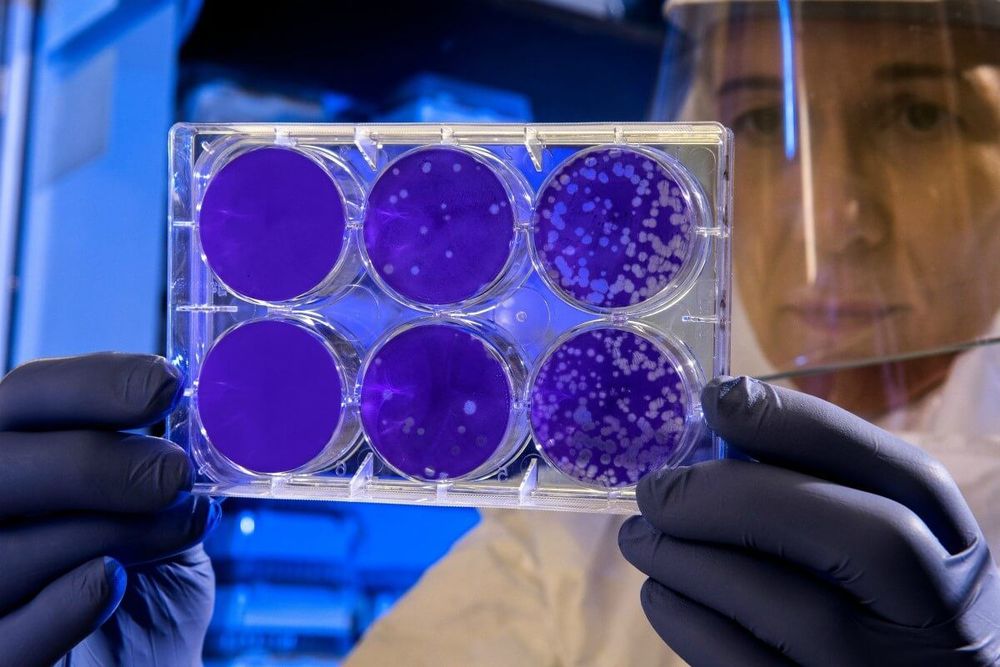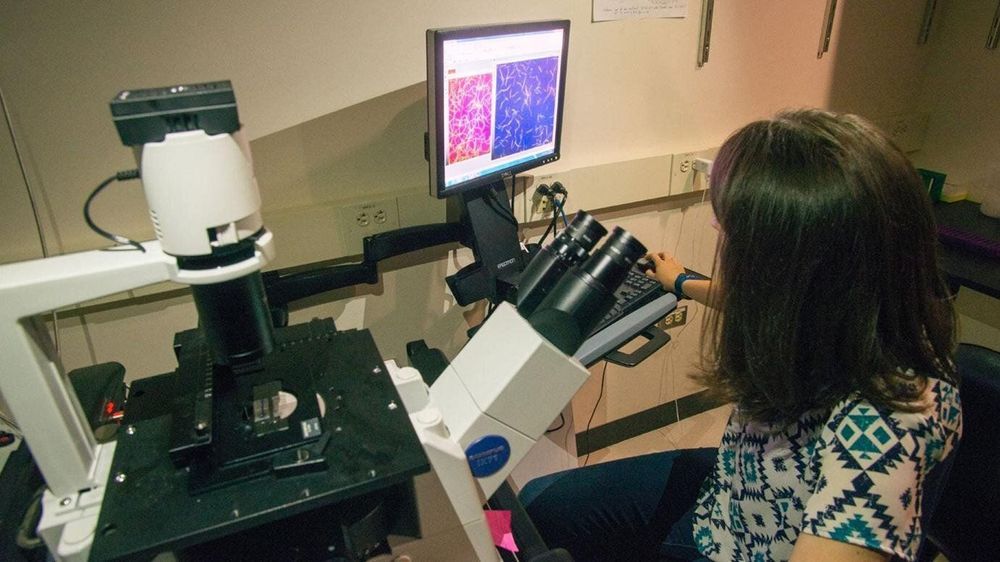Ford is making an electric version of its popular Transit delivery van. The vehicle, which is called “E-Transit,” will be revealed on November 12th.



TOKYO — Unicharm, the world’s third largest diaper maker, will turn used diapers into new ones which will come onto the market in 2022.
The Japanese company plans to introduce more than 10 facilities for diaper-to-diaper recycling by 2030, as it bolsters efforts to reduce waste.
Unicharm will begin demonstration experiments and collect used diapers initially in Tokyo. The pulp will be taken out of the diapers at its recycling facilities and turned into recycled pulp via an ozone sterilization system.


I don’t know about you, but I am totally here for the growing trend of putting electric propulsion in classic cars. Much of the pioneering work has been done by small aftermarket shops: Zelectric and EV West in California, Electric Classic Cars in the UK, and so on. But increasingly, OEMs are giving it a go as well. For a while, Jaguar was preparing to sell a (very expensive) conversion kit for its XKE-engined cars, although sadly that has been cancelled. Volkswagen has been working with eClassics on an electric conversion of the Type 1 bus. And here in the US, the annual SEMA show has featured some factory-blessed high voltage hot rods for the last couple of years.
SEMA is going virtual this year, and one of the cars that Chevrolet will show off will be a 1977 K5 Blazer—called the Blazer-E—that previews the company’s new eCrate aftermarket powertrain. The build team traded the Blazer’s huge 6.6L V8, with its meagre 175hp (130kW), for the 200hp (150kW) motor from the Bolt EV, which connects to the Blazer’s four-wheel drive system via a four-speed auto that replaces the original three-speed transmission.
The fuel tank and exhaust also went in the recycling bin, and a 60kWh lithium-ion battery pack was mounted in the Blazer’s cargo area. This is also from the Bolt EV and includes all the wiring and power electronics one needs to manage a modern battery EV powertrain.


BOSTON (AP) — Federal agencies warned that cybercriminals are unleashing a wave of data-scrambling extortion attempts against the U.S. healthcare system designed to lock up hospital information systems, which could hurt patient care just as nationwide cases of COVID-19 are spiking.
In a joint alert Wednesday, the FBI and two federal agencies warned that they had “credible information of an increased and imminent cybercrime threat to U.S. hospitals and healthcare providers.” The alert said malicious groups are targeting the sector with attacks that produce “data theft and disruption of healthcare services.”
The cyberattacks involve ransomware, which scrambles data into gibberish that can only be unlocked with software keys provided once targets pay up. Independent security experts say it has already hobbled at least five U.S. hospitals this week, and could potentially impact hundreds more.

As cells bump into each other, forces cause them to move and shake, or even sometimes rupture.
“Cells are constantly generating forces and responding to them. They are being pulled on by their environment,” said Jonathan Winkelman, a postdoctoral researcher at the University of Chicago. Winkelman works in the lab of Margaret Gardel, professor in the Department of Physics and the Pritzker School of Molecular Engineering.
Unlike a rubber band that breaks when you stretch it too much, an overstretched cell initiates a response to repair itself. This phenomenon has been observed using microscopy, but the question of how the repair and adaptation process initiates inside the cells has remained unanswered until now.

Spintronic devices are attractive alternatives to conventional computer chips, providing digital information storage that is highly energy efficient and also relatively easy to manufacture on a large scale. However, these devices, which rely on magnetic memory, are still hindered by their relatively slow speeds, compared to conventional electronic chips.
In a paper published in the journal Nature Electronics, an international team of researchers has reported a new technique for magnetization switching—the process used to “write” information into magnetic memory—that is nearly 100 times faster than state-of-the-art spintronic devices. The advance could lead to the development of ultrafast magnetic memory for computer chips that would retain data even when there is no power.
In the study, the researchers report using extremely short, 6-picosecond electrical pulses to switch the magnetization of a thin film in a magnetic device with great energy efficiency. A picosecond is one-trillionth of a second.
The scientist claims that this design could enable propulsion while only relying on electricity.
But take it with a grain of salt. It seems the propulsion system is based on ideas that are still being validated.
The drive would provide enough thrust for a spacecraft to travel near the speed of light using only electricity, says physicist Jim Woodward.
